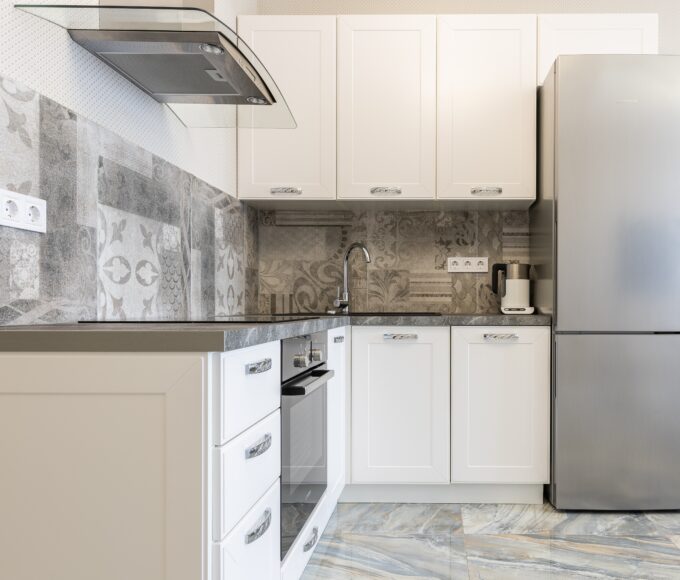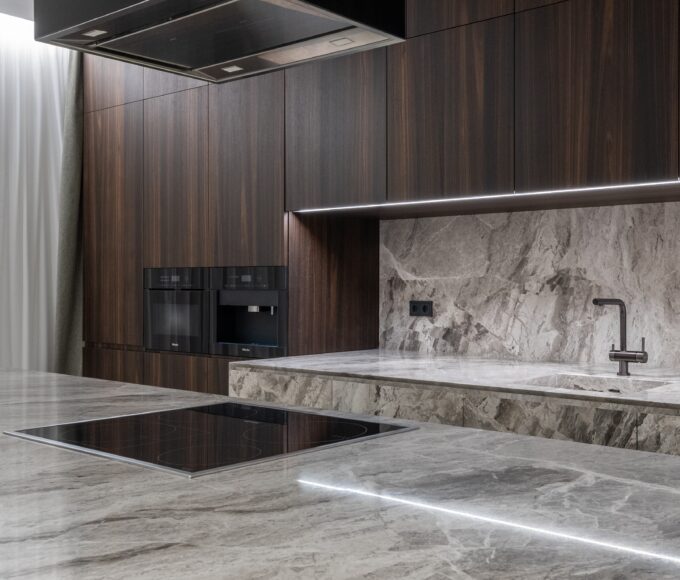How To Install Bathroom Vent Through The Wall

A bathroom vent fan should be found in all bathrooms. Many people ignore this device and overlook their functions. Your bathroom should have a bathroom vent because, without one, bathrooms become susceptible to excessive moisture build-up that results in damaged bathroom walls, floors, and ceilings. The warm and humid air that is caused by hot water baths allows for mildew and microorganism growth. Even too much moisture can soil interior room materials like wallboard, wall paint, and so on.
These are the reasons bathrooms should have a vent fan. It helps to exhaust warm, moist air and remove all unnecessary odors.
Also Read:
How to Vent a Bathroom with No Outside Access
How To Increase Ventilation In Basement?
Installing a bathroom vent through a wall is not a difficult task; if you follow the right procedures, first, you need knowledge of the safety precautions for installation.
BATHROOM VENT INSTALLATION SAFETY PRECAUTIONS
1. Use a top-quality ladder to get to the place where the exhaust fan will be mounted.
2 During the installation process, wear protective equipment,
3. Turn off the bathroom’s water supply
4. Do not forget to turn off the bathroom’s main electric switch before you begin working
5. It is not advisable to do a task like this on a cold or rainy day; go for a sunny day instead.
Steps in installing a bathroom vent through a wall
1. Choose an appropriate position.
Putting the bathroom vent in the right place will provide you with a slew of advantages.
First and foremost, ensure that no water pipes or electrical cables are obscured inside the wall. I mean, while digging the hole, you should take care not to interfere with or destroy other utility facilities. Second, keep the fan away from the bathroom heater or light.
Also, keep it away from the shower and bathroom faucets to avoid getting water on the fan. Despite the fact that high-quality exhaust fans are water-resistant, keeping them away from water is a good idea.
2. Take precise measurement of the area
After determining the best location, begin carefully installing a bathroom vent through a wall. First, precisely take measurements of the length and width of the fan. Then, on a piece of paper, write down these measurements.
Then, climb up to the location where the exhaust fan will be mounted and draw the exact size on the wall with a marker. The majority of fans are square or rectangular in shape. As a result, a 12-inch straight roller will suffice for a smaller fan. Make the marks deep enough so that you can easily follow them when making the hole.
3. Drill a perfect hole inside the bathroom
This part of the installation process is vital, and you must be extremely cautious when drilling a hole. To begin the process, you should obtain a battery-powered reciprocating saw.
To turn on the saw, press the power button and hold it there until it reaches full speed.
When the reciprocating saw reaches full speed, place it slowly on the hole mark. The saw will get to work. All you have to do is precisely steer the cutter along the marked line.
In the first round, use your pliers and hammer to extract the wood or brick from the hole.
4. Before inserting the fan into the hole, thoroughly clean the inside of the hole so that you can see the attic through it. This cleaning task can be completed with either a strong vacuum cleaner or a broom.
5. Link the exhaust duct
Connect the exhaust duct now, go up to the attic and attach a 4-inch wide, 90-degree duct elbow to the vent fan carrier or fan housing.
There will be a port for connecting it there. You should use duct tape to secure the connection after you have connected it (foil).
6. Carefully mount the vent
It’s now time to put the fan in that hole. To do so, take the fan out of its box and unplug its wiring. Connect the fan to a power outlet before inserting it into the hole and check to see if it is working properly.
Now, position the fan on the fan housing so that it is exactly in the center of the carrier. Remove the fan from the hole and securely connect the cable connection.
After that, insert the fan once more and secure it in place with the provided screw.
7. Cut a duct hole through the attic sidewall while remaining inside the attic, aiming for the center of the sidewall.
Make a small see-through hole in that location and mark it. Check that the hole is not too far away from the fan.
Then go outside your house and reach the higher part of the house’s wall where the hole was placed. For safe climbing, use a ladder. Create a diamond-shaped hole in that position with the reciprocating saw.
This type of hole is ideal for screwing around or square-shaped objects to the wall.
8. Connect the duct hose to the fan’s shutter or wall cap.
Finally, secure the ducting hose firmly with duct tape after adding the connector duct with the wall cap and attaching the connector with the flexible duct.
This cap will keep the duct line clean and prevent birds from nesting inside it. Push the cap inward with your hands to bring the duct line inside. When the cap is close to the wall, use screws to secure it in place.
That’s it; you’ve completed the venting system.
9. Reconnect the wires
This is a critical step in the bathroom exhaust fan installation process. You can do a direct connection of the exhaust fan to the bathroom light. So you can use the same switch for switching it on and off.
Check that all of the wires are securely connected and that all of the screws are firmly attached. Don’t risk it if you are not sure of the next thing to do. Seek the advice of a professional in this area. Lastly, place the fan’s fender, and that’s it.
Recent Posts
Best Smart Light Switch For Google Home
6th May 2023Best No Hub Smart Bulbs For Alexa And Google Home
6th May 2023How to connect smart light to google home
6th May 2023Best 2 burner induction cooktop built-in
29th April 2023Related Articles
Best 2 burner induction cooktop built-in
Cooking is an art that requires the right tools and equipment to...
ByOlaoluwa Johnson T.29th April 2023Best Induction Cooktop for Large Pans
Induction cooktops have revolutionized the way we cook our food. With their...
ByOlaoluwa Johnson T.29th April 2023Best Freestanding Induction Range
Cooking is an essential part of our lives, and having a reliable...
ByOlaoluwa Johnson T.29th April 2023Best High-End Induction Range
When it comes to cooking, having the right equipment can make all...
ByOlaoluwa Johnson T.11th April 2023










